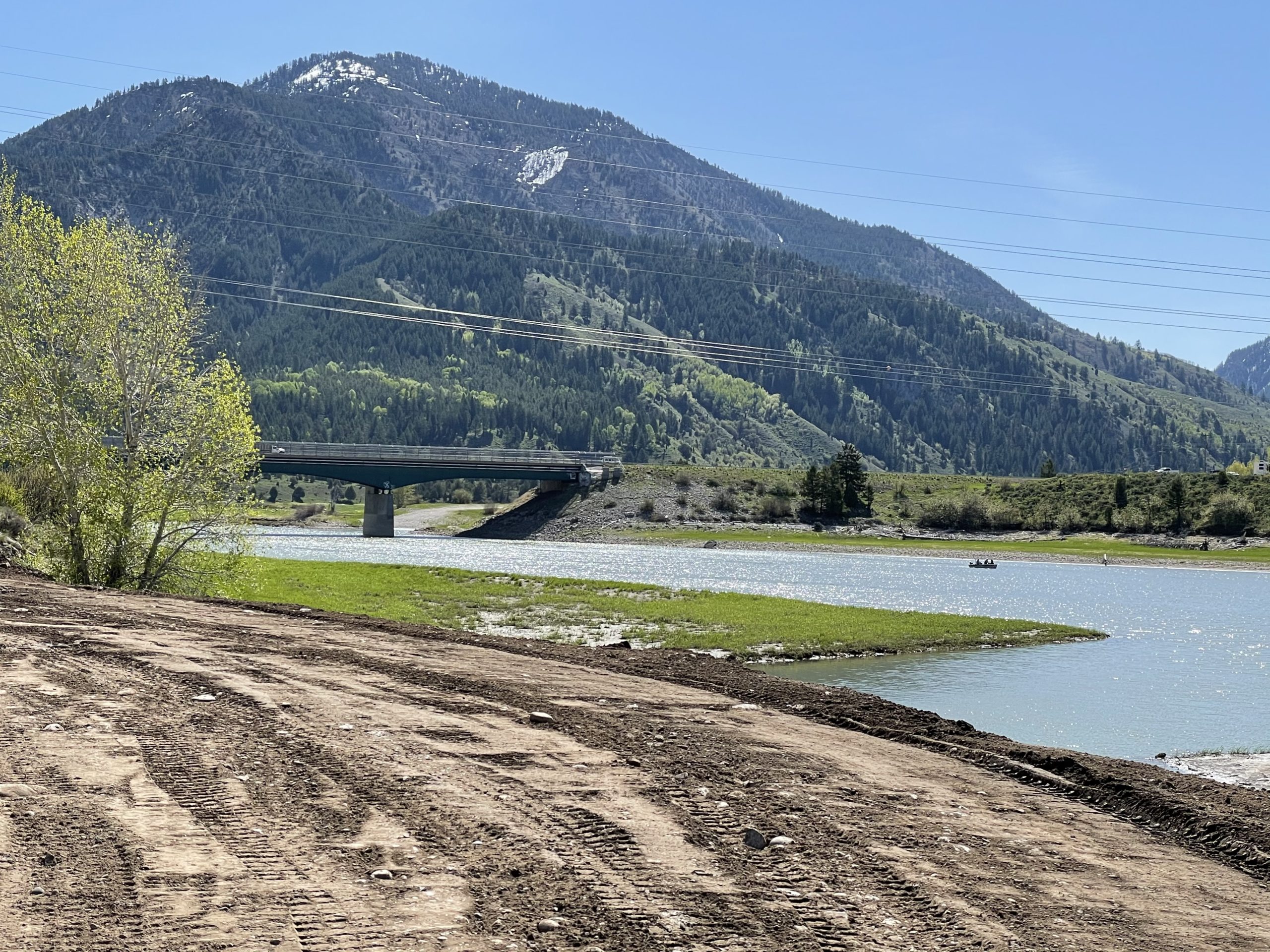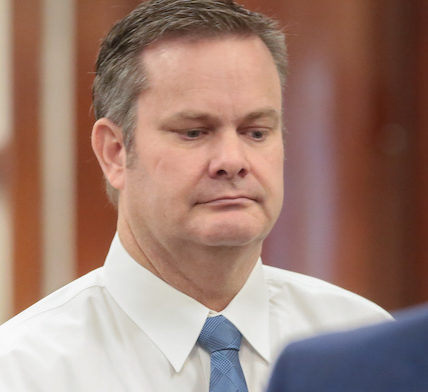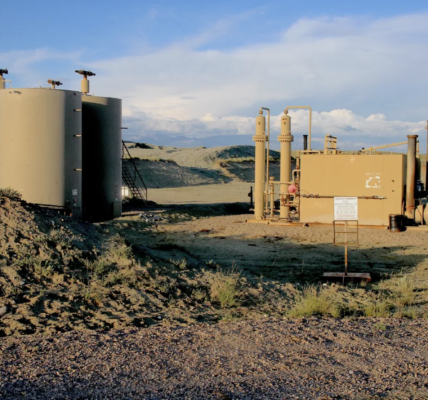For Snake River flows, deputy Interior secretary says everything is on table

• Tommy Beaudreau wants to see water strategy revisited.
By Billy Arnold
Jackson Hole News&Guide
Via- Wyoming News Exchange
JACKSON — Tommy Beaudreau, second in command at the U.S. Department of the Interior, sees debates about using water in the Snake River, like using water in the Colorado River, as one of the most pressing challenges facing the department.
In a recent interview in Yellowstone National Park, Beaudreau said, “All of these major river systems and basins in the western United States are under pressure from drought and climate change and variability in hydrology and runoff. All of these do have the highest priority in the department.”
As deputy secretary, Beaudreau serves under Interior Secretary Deb Haaland.
Beaudreau is a political appointee who served as chief of staff at the department during the Obama administration. But in 2021, Sen. Lisa Murkowski, R-Alaska, convinced the Biden administration to nominate him to his current post. Murkowski was interested in Beaudreau because of his reputation for being more friendly to fossil fuel interests than the administration’s other pick for the position, Liz Klein.
Since his confirmation, which came with an 88-9 vote in the divided U.S. Senate, Beaudreau has been front and center in some of the United States’ highest-profile water issues.
In April he laid out a slate of extreme alternatives for managing the Colorado River, angling to get Colorado River Basin states to negotiate and prevent upstream reservoirs behind the Hoover and Glen Canyon dams from dropping to “dead pool.” That occurs when water levels in those reservoirs are so low that water can’t flow from Upper Basin states — Colorado, New Mexico, Utah and Wyoming — to downstream states Arizona, California and Nevada.
But in May, Beaudreau and Haaland announced a deal that saw Lower Basin states agree to cut about 13% of their water use in exchange for $1.2 billion in federal aid, helping to avert dead pool conditions for the next three years and ensure water keeps flowing to Phoenix, Los Angeles and other major Western cities.
Later that same month, Beaudreau was confronted with a smaller issue: a debate raging between the U.S. Bureau of Reclamation, on one side, and the State of Wyoming, National Park Service and Jackson Hole anglers and river runners, on the other, about managing flows from Jackson Lake Dam.
The bureau said it wanted to cut flows from the dam to 50 cubic feet per second to keep water from spilling out of the oversubscribed Upper Snake River Basin. Reservoirs downstream of Jackson Lake were operating near flood capacity, and officials wanted to keep storage higher in the system to ensure that water was available to farmers in Idaho later this summer.
But 50 cfs is a sixth of the level that wildlife managers require to sustain fish and other aquatic wildlife in the Oxbow Bend, one of the most iconic stretches of the Snake known for its unparalleled views of Mount Moran. Wyoming, the bureau said, would be on the hook to rent any water required to maintain a more healthy, but seasonally depleted, flow through the Oxbow.
The state, park and river runners pushed back, seeking an alternative. Ultimately, it came when the bureau announced that if Wyoming’s water supply ran out, it would make up any deficit.
As deputy secretary, Beaudreau was the parent of two feuding children. Reclamation and the Park Service are both part of the Interior Department. Beaudreau was part of balancing both agencies’ wishes and said the debate came across his desk and Secretary Haaland’s desk.
A month after the dust settled, the News&Guide caught Beaudreau during an event commemorating Yellowstone National Park’s bison relocation program and asked whether he saw a long-term solution for the Snake’s issues, and particularly a mechanism to guarantee minimum flows to maintain the river’s ecology.
Beaudreau didn’t answer the question directly. But he did say a “longer conversation” is needed for the Snake River Basin and the Colorado Basin about how users deal with scarcity and how it affects users throughout the system.
“Some of the assumptions that we have carried with us for decades need to be revisited and thought about, including assumptions about releases, and what do we need in terms of flood curves, etc.,” Beaudreau said.
That conversation, Beaudreau said, will happen on the Snake River.
“It will absolutely include users up and down the system, especially in Idaho,” he said.
On the Colorado River, that process is beginning. The deal the Department of the Interior announced in May only goes through 2026 and still needs formal approval from the federal government. In June the department said it was initiating a process to develop new guidelines for managing the Colorado when that deal expires.
A parallel process hasn’t been announced for the Snake, but Beaudreau said a conversation is necessary to figure out how to “keep one of the most iconic visuals in recreation areas in the United States functioning.”





